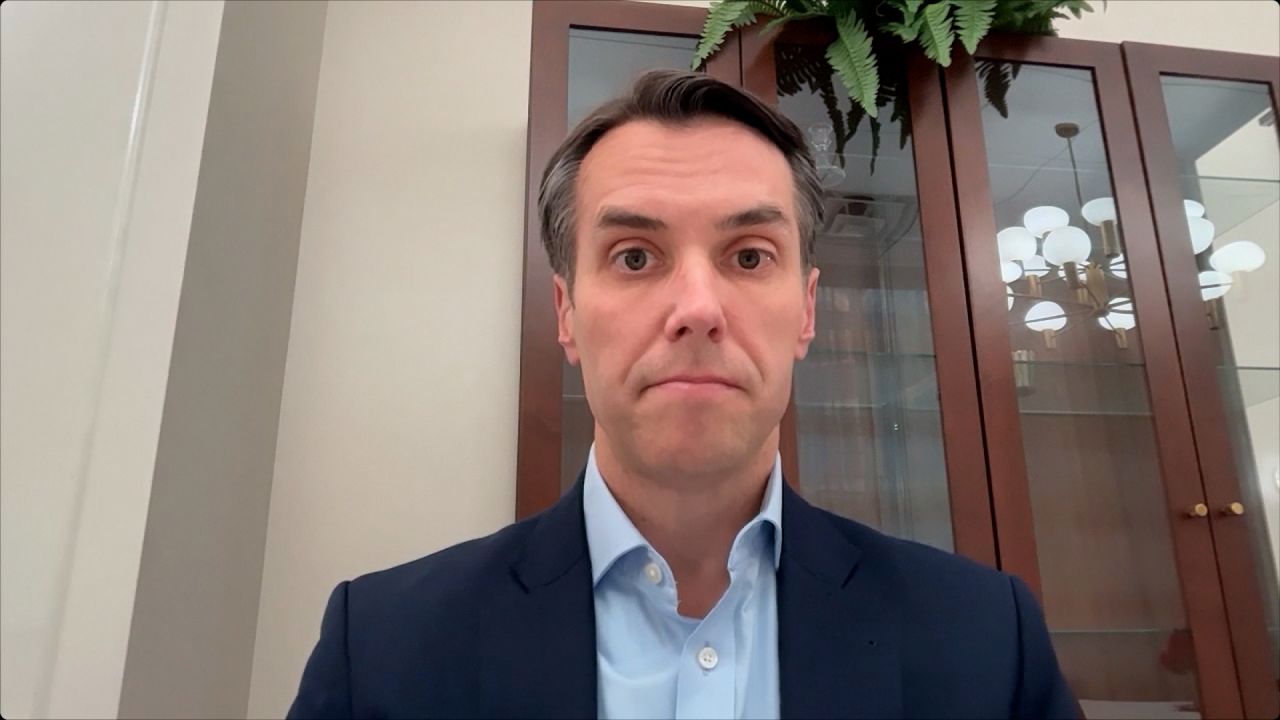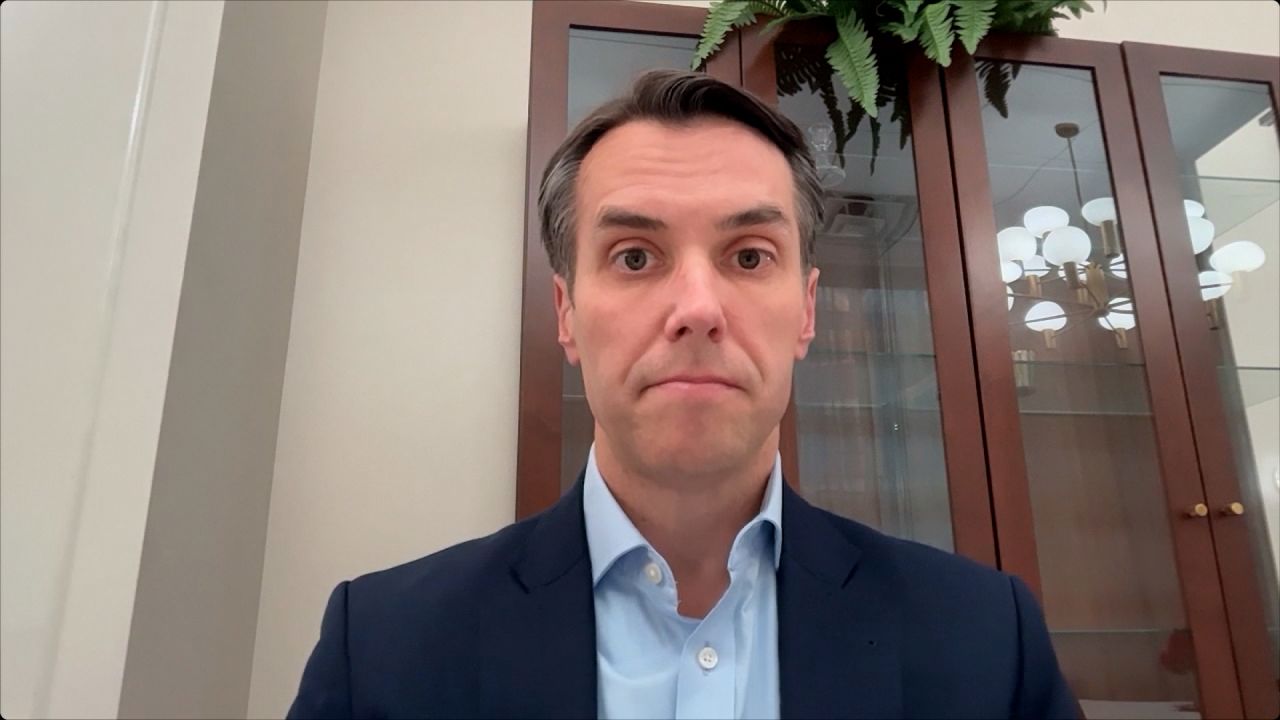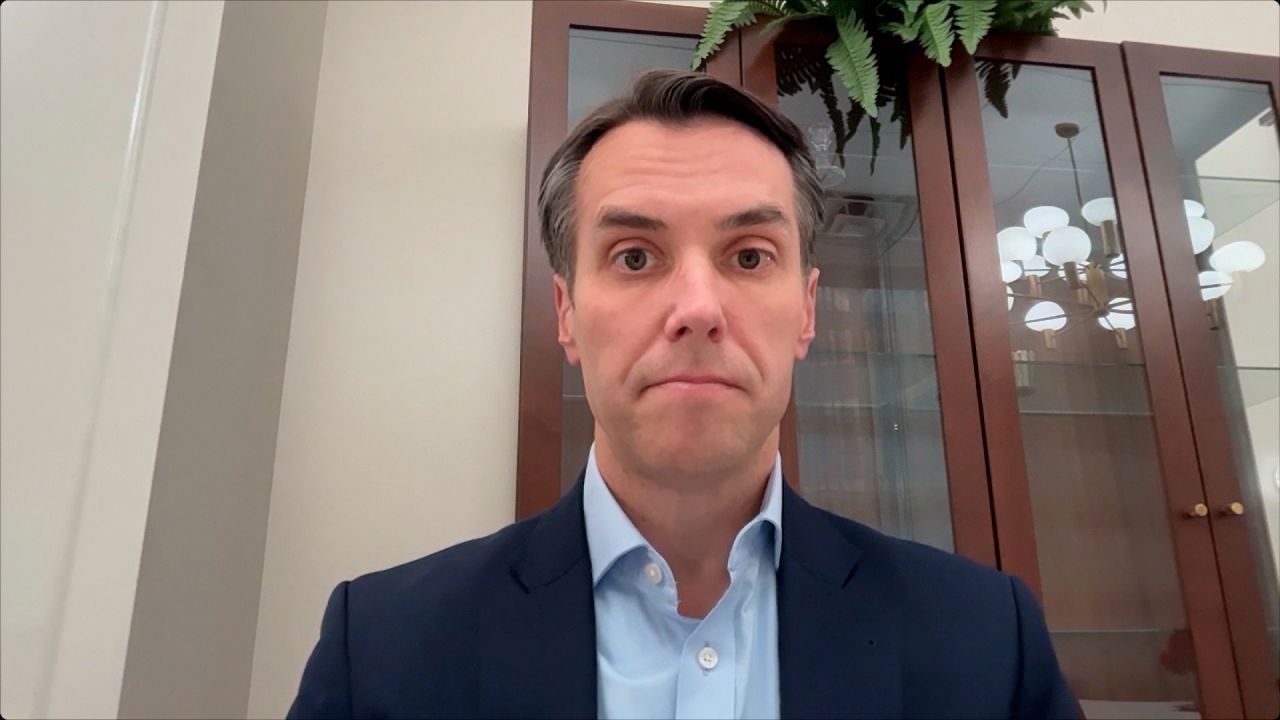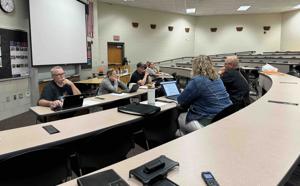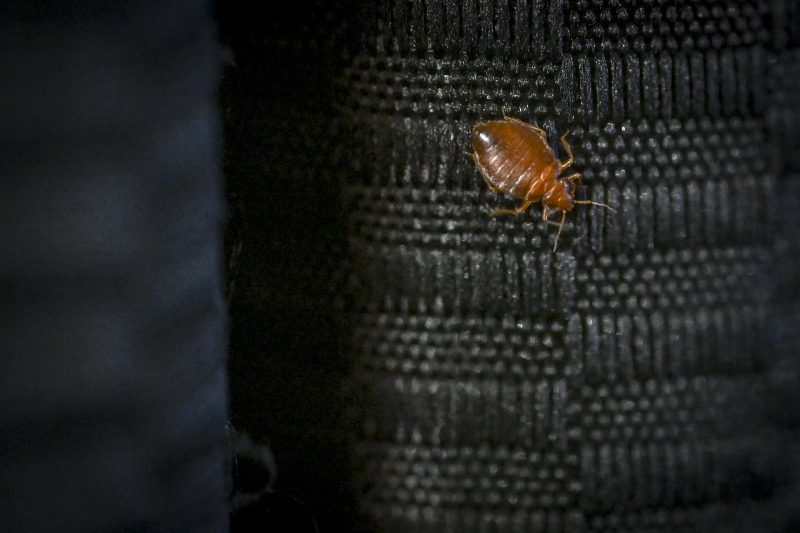Silverton Reflects on Gold King Mine Spill: A Decade of Patience
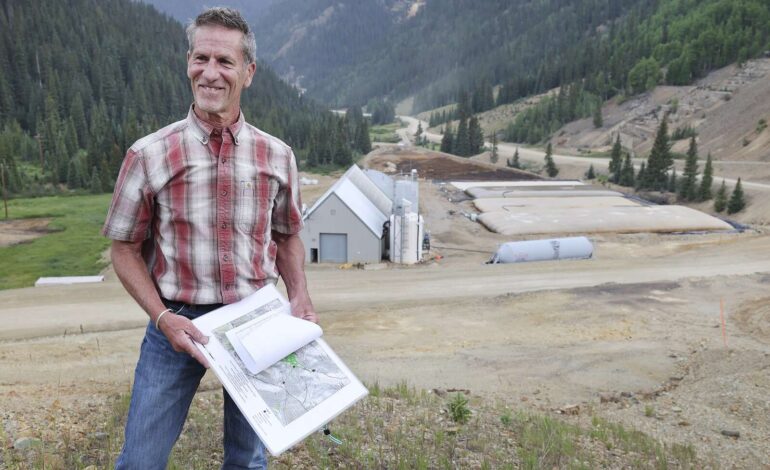
UPDATE: As Silverton approaches the 10-year anniversary of the Gold King Mine spill, locals are reflecting on the lasting impact of this environmental disaster. On August 5, 2015, a breach at the mine released 3 million gallons of toxic wastewater into local rivers, raising urgent concerns that still resonate today.
The spill sent a plume of bright orange water through Cement Creek, capturing international attention and highlighting the dangers of mining pollution in the West. However, a decade later, many locals are looking beyond the spill, focusing on recovery and rebuilding their community’s reputation.
“Initially, it was a visual emergency, not a real environmental disaster,” said Ty Churchwell, mining coordinator for Trout Unlimited. While fish populations remained unaffected, the community faced significant economic struggles as tourism dipped and local businesses suffered.
In the aftermath, Silverton leaders grappled with accepting a Superfund designation, a politically charged term in a tourism-dependent economy. Ultimately, the Bonita Peak Mining District Superfund site was designated, allowing for crucial cleanup efforts. “The spill forced us to confront legacy pollution from abandoned mines,” stated Anthony Edwards, a Silverton representative on the Community Advisory Group.
Despite early fears, the Superfund process has not deterred tourism; in fact, it has attracted EPA personnel who support local businesses. Scott Fetchenhier, a San Juan County commissioner, noted, “EPA staff are dining in our restaurants and shopping at our stores.”
Since the spill, the EPA has allocated nearly $140 million for remediation efforts. Progress includes the construction of a water treatment plant that effectively removes heavy metals like lead and arsenic from the water. However, some residents remain skeptical of the pace of cleanup, questioning the visibility of tangible results. “In 10 years, what have they done? They’ve moved a lot of dirt,” remarked former Mayor Molly Barela.
The Good Samaritan Remediation of Abandoned Hardrock Mines Act of 2024 was signed into law last year, providing liability protections for those seeking to clean up abandoned mines. This legislation was largely influenced by the attention drawn to mining contamination issues following the Gold King Mine incident.
While this new act is a step forward, the Superfund process still faces challenges. “The Superfund program, as currently designed, isn’t always a good fit for Western mining districts,” Edwards emphasized. Concerns over the stability of federal support for these initiatives linger, with delays in cleanup efforts contributing to local frustration.
Yet, there are promising signs of recovery. Fish have returned to sections of Mineral Creek, indicating positive environmental change. “This is a long-term project for many of us,” stated Chara Ragland, chairwoman of the Community Advisory Group. “Expecting rapid fixes from the EPA is unrealistic.”
As the anniversary of the spill approaches, the sentiment in Silverton is one of resilience and patience. “If you could sum up the last 10 years in one word, it’d be ‘patience,’” Fetchenhier concluded. The community’s commitment to advocacy and collaboration remains crucial as they navigate the ongoing challenges of environmental cleanup and recovery.
Stay tuned for further updates as Silverton continues to reflect on its journey from disaster to recovery.

